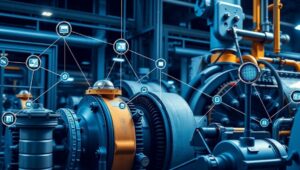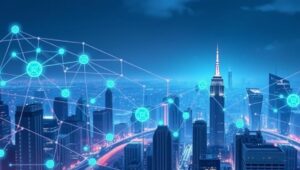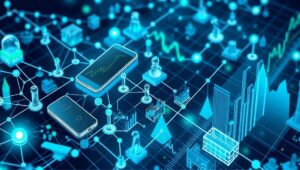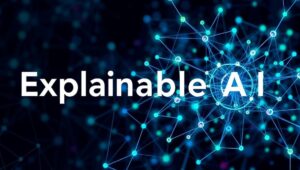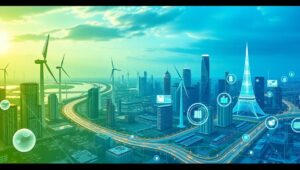May 16, 2025
The Programming Languages Dominating 2028 and Why
The Programming Languages Dominating 2028 and Why The landscape of programming is ever-evolving. As we look towards 2028, certain languages are poised to dominate, driven by advancements in technology, shifts in industry demands, and the continued growth of specific fields. This post delves into the programming languages expected to lead the charge and the factors contributing to their prominence. 1. Python: The King Remains on the Throne Python’s reign is unlikely to end anytime soon. Its simplicity, extensive libraries, and versatility across various domains solidify its top position. Key reasons for its continued dominance include: Data Science and Machine Learning:

